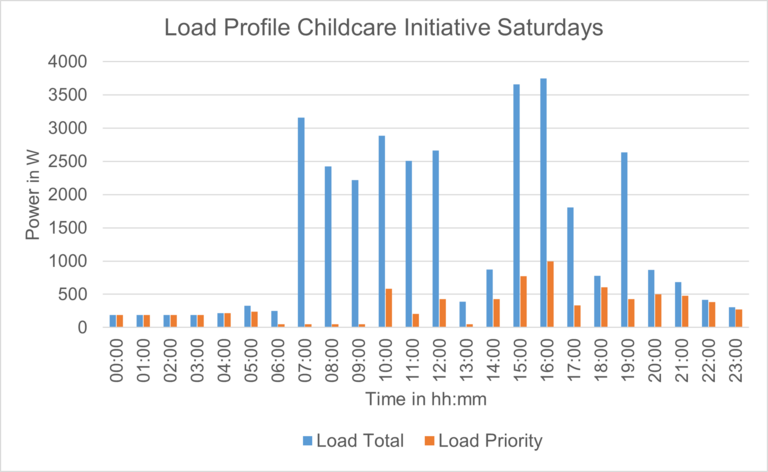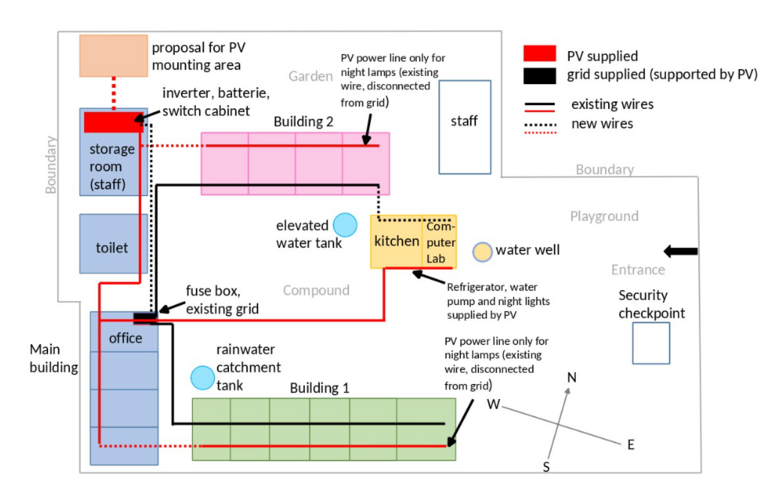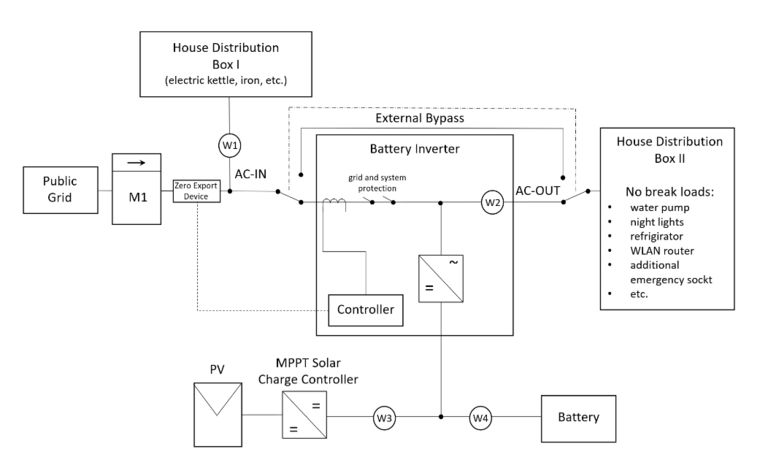The Ilmenau regional group of Engineers Without Borders has been supporting development cooperation in Africa for several years. After the regional group completed a cistern for a safe water supply for schools in a Kenyan village in 2021, it started a new project shortly afterwards: The construction of a photovoltaic system for a school in Uganda. Clemens Hellmig, project manager and student of Mechanical Engineering, takes UNIonline on an exciting journey - from the initial idea in Germany to its implementation in Africa.
Engineers without Borders: Students build a photovoltaic system for a school center in Uganda
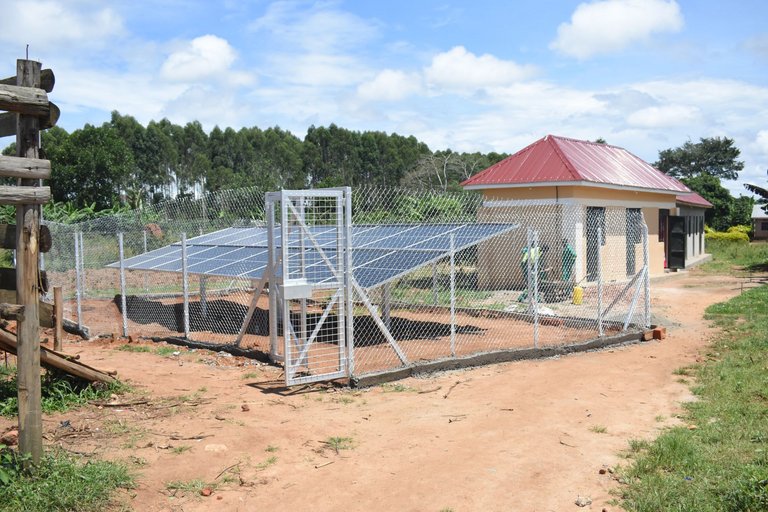
You've all probably come across an appeal for donations for development cooperation at some point. However, development cooperation does not only live on financial support, but also on personal commitment - as for example in the association Ingenieure ohne Grenzen e.V. (Engineers without Borders).
As the regional group Ilmenau we had the luck to implement our own project in development cooperation over the last two years. In this project we planned and built a photovoltaic system for a school center in Uganda together with a team - mainly students of different disciplines of the TU Ilmenau. Come with us on a journey through the project and experience with us the hurdles we had to overcome and the successes we were able to celebrate.
We jump to the spring of 2021 at the start of the project. After the previous project group successfully built a cistern in Kenya, it was clear that we as the Ilmenau Regional Group wanted to implement a new project. For almost all team members who found themselves for this endeavor, it was the first project at Engineers Without Borders. That means, besides content-related aspects, we also had to learn how such a project actually works.
Here's a brief digression: At Engineers Without Borders, a project consists of three phases - exploration, implementation and evaluation. Above all this is the idea of (social) sustainability. During exploration, this means that we have an idea of what we want to implement later, but if an urgent need for another problem is identified on the ground, this is prioritized instead. During implementation, the technical solution that has been developed is implemented. A local company is always contracted for the setup, as this allows for a mutual transfer of knowledge. Finally, the evaluation, which takes place at intervals of about one to two years, is intended to ensure that not only can something be built up, but that it can also be put to good use for a long period of time.
Partnership with TH Nuremberg
Relatively soon it became clear that our project would be a photovoltaic system for a school center. However, it was not to be a typical project for Engineers without Borders, because a cooperation with the TH Nuremberg and other partners in Germany was planned. The approach behind this is that we as Engineers without Borders support the implementation and the TH Nuremberg later receives measurement data from the photovoltaic system for their research. In addition to the fact that we could draw on expertise from the solar industry, a major advantage was that the entire project was financed by the Klaus Tschira Foundation and we were therefore not dependent on a fundraising campaign.
After getting to know the project and partners, it was then a matter of preparing the reconnaissance. During this, on the one hand, it should be clarified whether a photovoltaic system is the best measure to remedy the problems with the unstable power supply. On the other hand, all the information that would later be needed to plan and design the photovoltaic system was to be collected. A challenge that should not be underestimated was to draw up a list of all the questions to be answered and tasks to be carried out. To do this, we worked as a team, including the design of a photovoltaic system to cover the daily load profiles and optimal locations for installing the system.
However, the wishes and ideas of the students, teachers and staff were also taken into account. Although we can think about how we would implement it in Germany from a distance, we cannot put ourselves in the shoes of the local reality. That is why it is important to seek discussions here as well, since even the technically best system is of no use if it does not correspond to the user behavior.
Due to the prevailing corona situation, it quickly became clear that no team of ours would be able to travel to Uganda. However, with Engineers Without Borders (EWB) East Africa, a partner association is based in Kampala, the capital of Uganda, which was able to carry out the reconnaissance for us. In preparation for this, several meetings were held with EWB East Africa and the head of the school center to discuss the tasks and to ensure that the reconnaissance would run smoothly.
Search for technical concepts
Finally, in February 2022, the time had come and EWB East Africa carried out the exploration for us. In the following two weeks, while we were waiting for the report from EWB East Africa, the tension grew and we wondered if the exploration with our preparation would go as we had hoped. When the report finally arrived, we were relieved on the one hand, because EWB East Africa had done a very good job and everything was documented as discussed. But at the same time we had to realize that a new challenge was waiting for us: We had the budget for a self-sufficient photovoltaic system in the order of magnitude in which we estimated the school center after discussions - only it turned out that the power consumption was four times as high. However, this dampener only spurred our motivation to look for solutions in various ways. On the one hand, thanks to the help of the Nuremberg Technical University, we were able to find a solution to reallocate funds and thus double the budget for the plant. But this alone was not enough, so we also looked for new concepts on the technical side.
Since it was not possible to implement a completely self-sufficient photovoltaic system, we were faced with the following dilemma: If we rely on more modules, this results in more available electrical energy in total, which means a financial relief for the school center. On the other hand, a larger battery ensures better security of supply. Now, in classic engineering style, we had to find the ideal solution between the two extremes. We also received support from our partners in the project. We used the PVGIS tool to simulate the system to be built. This allowed us to vary the individual system parameters, so that we were able to assess their behavior and develop a concept based on this. It quickly became clear that we wanted to prioritize certain consumers and supply them completely self-sufficiently so that they could still be operated in the event of recurring power grid failures. These consumers are either for safety, such as lights that illuminate the site at night, or for supply, such as the water pump. In the end, our solution was that the mentioned devices as well as the residential buildings can be supplied completely self-sufficiently, while the remaining buildings are supplied with electricity from the photovoltaic modules during the day and via the power grid at night. We received a lot of support in the planning as well as in the creation of a specification sheet, in which the photovoltaic system is outlined, from the association's internal Renewable Energies Competence Group. This group includes several volunteers who are themselves professionally active in this area and who helped us with their knowledge.
Construction work in Uganda
The next big task was to find companies that would build the photovoltaic system according to our concept. We received offers from a total of four companies, which, however, did not yet fit completely. Therefore, we sought talks to clarify these details and to renegotiate the price. In the process, our design of the plant was relatively unusual (especially since no grid feed-back is allowed), so on a technical level, discussions were still taking place with the engineers to ensure that the plant would work as planned. Finally, one company stood out with its concept and the components used, which we then commissioned. This marked the next milestone.
The next question was when to schedule the build. Since we estimated about four months at this point for the outbound preparation, we agreed on mid-February. For the outbound trip, we set up a team of three people plus two others as backups. All of the team members had learned important methods and skills in workshops from Engineers Without Borders on how to successfully carry out such a mission and also, in particular, how to adapt to local conditions. It is important to respect local customs and to build a good relationship with the hosts.
Unfortunately, an Ebola epidemic broke out in Uganda in November and threw a wrench in our travel plans. A decision now had to be made - do we postpone the construction of the photovoltaic system for an indefinite period of time or do we engage EWB East Africa again, this time to accompany the implementation. With a heavy heart, we decided on the second option in order not to delay the project unnecessarily.
With the clarity that now prevailed, we were able to throw ourselves into the preparations. Since we would not be on site at all, we had to rely on EWB East Africa's documentation to get an idea of what was going on. Our tasks to our partners were accordingly detailed, as we wanted to have an overview from a distance in case of potential problems in the future. After all the details were discussed in video conferences, the start of implementation was finally set for the end of February 2023.
In accordance with the plans, construction work then got underway. In the process, we were again able to experience the different mentality that prevails in Uganda - it was spontaneously decided that the room in which the battery and inverter were to be housed should continue to be used as a warehouse after all. But no problem - within one week a small 3.5x3.5 m hut was quickly built by construction workers and relatives. During the construction of the photovoltaic plant we had to deal with some delays, but we all managed them well.
Since the beginning of April 2023, the plant was running in a test mode and started supplying electricity to the school center, while final installations were made in parallel. By the beginning of May, the remaining components had been installed and the remote monitoring system set up, which will later be used by the Nuremberg Technical University for scientific studies. Thus, a symbolic handover of the photovoltaic system to the school center could take place at the beginning of May, which we attended via video conference.
However, the remote monitoring, which was also confirmed by the students and the staff during the handover, showed that the photovoltaic system still suffers from a few teething troubles. Due to several factors (bad weather as well as an unfavorable programming of the plant) there was a power failure at night. Of course, our goal was to fix this, so we got in touch with the installation company to discuss the causes and look for solutions. In addition to optimizations on the software side, a new current sensor is now to be installed, which should ensure better control of the supply for the part that is not self-sufficiently supplied.
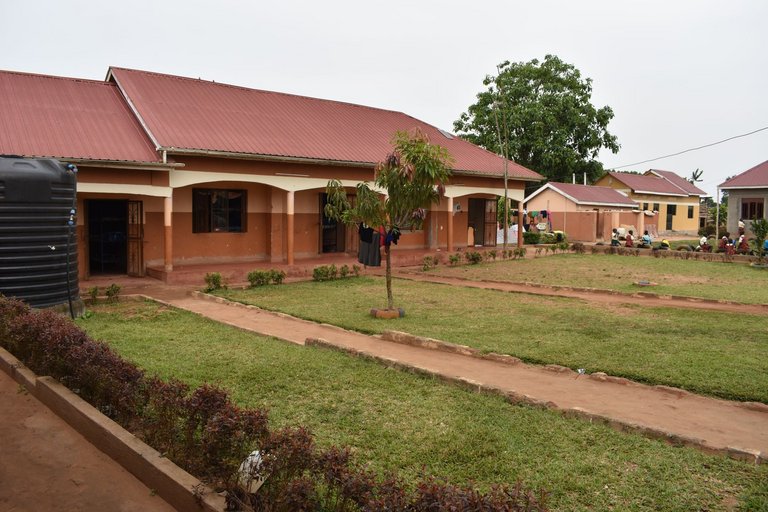
Ilmenau Science NightWould you like to learn more about the work of the regional group Ilmenau Ingenieure ohne Grenzen e.V.? Then visit the stand of the association in the Ernst-Abbe-Zentrum, room 1337/1338. The students will help you in the repair meeting to make your broken electrical appliances functional again. Try your hand at being an engineer in a competition or get to grips with global justice in a world distribution game. More information at: www.ilmenauer-wissenschaftsnacht.de
|
Contact
Carsten Gatermann
Head of Public Relations und Fundraising Ilmenau regional group of Engineers Without Borders


